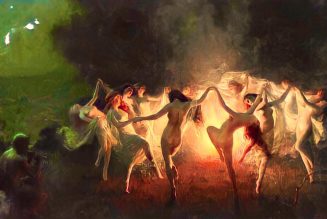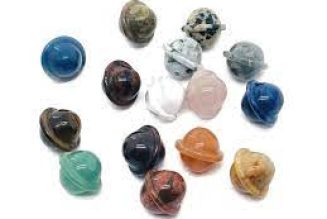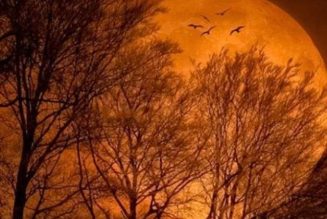The summer solstice is the first day of astronomical summer and the longest day of the year for people in the Northern Hemisphere. In ancient times, solstices and equinoxes were important in helping people to maintain calendars and grow crops. The solstice itself has remained a special moment of the annual cycle of the year since Neolithic times and over the centuries has been marked by festivals and celebrations.







